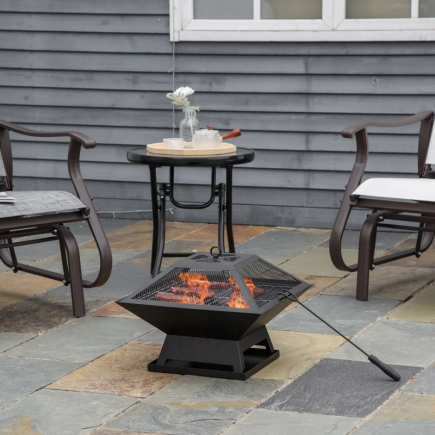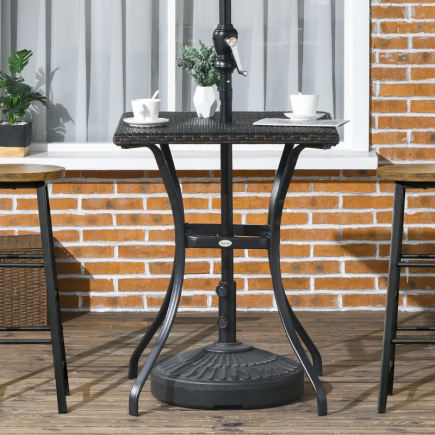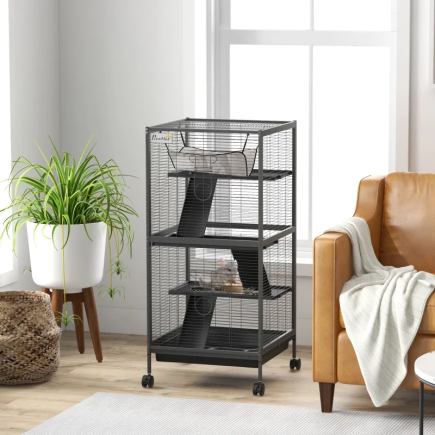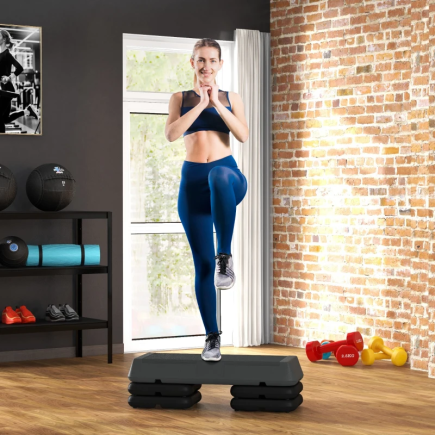A well-functioning dryer makes laundry easier, faster, and more convenient, but only when it’s properly maintained. One of the most overlooked aspects of dryer care is regular cleaning. Over time, lint, detergent residue, and dust can clog vital components of the machine, reducing its efficiency and increasing fire risk.

This guide walks you through how to clean a dryer machine step-by-step, with expert tips and a focus on safety, longevity, and performance.
What You’ll Need to Clean a Dryer
Gather these tools and materials before getting started:
Tools:
- Vacuum cleaner with crevice attachment
- Dryer vent brush or kit
- Screwdriver (if needed to detach vent clamp)
- Soft-bristled brush or nylon brush
Cleaning Products:
- White vinegar (distilled)
- Dish soap or mild laundry detergent
- Rubbing alcohol (for stain removal)
- Microfibre cloths
- Spray bottle
- Clean towels

Having everything on hand will make the process smoother and ensure you clean thoroughly.
Step-by-Step: How to Clean the Lint Trap and Slot
- Remove the lint screen after each load. Gently roll off the lint with your fingers and dispose of it.
- Vacuum the trap housing monthly. Use a crevice attachment to suck up fine lint hidden inside the slot.
- Soak the screen every month or two:
- Place it in warm, soapy water and gently scrub it with a nylon brush.
- Rinse and let it air dry fully before reinserting.
- Inspect for damage such as holes in the mesh. If it’s worn out, replace it promptly.

Tip: Dryer sheets and softeners can leave a residue on the lint screen. Deep cleaning helps restore proper airflow.
How to Clean the Dryer Drum Safely
The drum may not look dirty, but residue from fabric softeners, detergent, or stains can build up. Here’s how to clean it effectively:
- Wipe loose debris with a dry microfibre cloth or vacuum.
- Spray a cleaner:
- Use a mix of equal parts vinegar and water for routine cleaning.
- For deeper cleaning, use warm soapy water (mild dish soap works well).
- Wipe down the interior:
- Use a clean microfibre cloth or sponge.
- Pay special attention to the baffles (raised parts inside the drum).
- Rinse with a damp cloth, removing any cleaner residue.
- Dry the drum:
- Use a clean towel or run an empty cycle with a few dry towels for 10–15 minutes.

Tip: Avoid using harsh chemicals or spraying directly onto metal parts.
How to Clean the Moisture Sensor
Moisture sensors help the dryer detect when clothes are dry. If they get coated with residue, your dryer may shut off too soon or keep running unnecessarily.
- Locate the sensor: Typically inside the drum near the lint trap or along the drum wall.
- Use a damp cloth with a bit of white vinegar to gently wipe it clean.
- Dry the sensor with a soft cloth and avoid scratching it.
Tip: Never use abrasive scrubbers on the sensor; they can damage the finish and affect readings.
How to Clean the Dryer Vent and Duct System
Lint buildup in the vent and ducts is one of the leading causes of dryer-related fires. Cleaning this area once or twice a year is essential.
- Unplug the dryer and pull it away from the wall. If it’s a gas dryer, shut off the gas supply first.
- Detach the duct using a screwdriver to loosen the clamp. If you have flexible foil or plastic ducts, consider replacing them with a rigid metal duct for safety.

- Vacuum the vent opening and as much of the duct as possible. Use a long brush attachment to loosen trapped lint.
- Insert a dryer brush through the duct, rotating as you go. Extend it until you’ve cleaned the entire length.

- Go outside and clean the exterior vent cap. Remove the cover and vacuum any debris.
- Reattach the duct securely and push the dryer back into place.
- Plug it in and run a short cycle to confirm airflow is clear.
Tip: If your duct is longer than 6 feet or has bends, consider having it professionally cleaned every 1–2 years.
How to Disinfect a Dryer Machine
Cleaning removes dirt. Disinfecting eliminates germs, important after illness, pet bedding, or sweaty workout gear.
Disinfecting Steps:
- Use a solution of 1 part vinegar and 1 part water in a spray bottle.
- Spray the drum and lint trap area, avoiding any electrical components.
- Let it sit for 5–10 minutes.
- Wipe with a clean cloth and leave the door open to air dry fully.

Alternative: You can use rubbing alcohol on a cloth to wipe the interior, especially the door seal and drum.
Tip: Never mix vinegar with bleach or ammonia. Stick to one cleaner at a time.
How to Remove Odour from a Dryer Machine
A clean dryer should smell fresh. If you detect odd odours, try these solutions based on the source.
| Odour Type | Solution |
| Musty smell | Spray vinegar inside the drum and leave door open to air dry |
| Burnt smell | Clean lint trap, ducts, and drum thoroughly |
| Chemical smell | Wipe drum, moisture sensor; run an empty vinegar cycle |
Tip: Don’t overload the dryer and ensure wet items don’t sit for long before drying.
How to Remove Stuck-On Stains
Sometimes items sneak into the dryer and melt or stain the drum. Here’s how to deal with them:
Crayon:
- Use a plastic spatula or old credit card to gently scrape off pieces.
- Wipe the area with a cloth dampened with WD-40.
- Clean the drum afterward with soapy water, then rinse and dry.
Ink:
- Warm the drum slightly with a short cycle.
- Dampen a cloth with rubbing alcohol and scrub.
- Run a clean towel through a short cycle to ensure all ink is gone.
Gum or Candy:
- Use a blow dryer to soften the material.
- Scrape it off gently and clean with an all-purpose cleaner.
- Rinse and dry the area before use.
Tip: Always test a small area first to avoid damaging the surface.
How to Clean the Exterior of the Dryer
The outside of your dryer can collect detergent spills, dust, and lint.
- Spray a vinegar and water solution on a microfibre cloth (not directly onto the dryer).
- Wipe the top, control panel, buttons, and door.
- Clean the dryer base and surrounding floor area too.

Avoid letting liquids seep into buttons or control knobs.
Final Step: Run an Empty Cycle to Test
Once cleaning is complete:
- Plug the dryer back in (and reconnect the gas, if applicable).
- Run a short, empty cycle for 10–15 minutes on air-dry or fluff.
- Check for any odd noises or odours.
- Confirm airflow at the exterior vent.
This ensures everything is reconnected and working properly.
How Often Should You Clean a Dryer?
There’s no one-size-fits-all schedule. Cleaning frequency depends on usage patterns, the type of laundry, and even your detergent.
| Dryer Part | Cleaning Frequency |
| Lint trap (surface) | After every load |
| Lint trap housing | Monthly |
| Drum | Monthly or as needed |
| Moisture sensor | Every 2–3 months |
| Exterior (knobs/surface) | Monthly |
| Dryer vent and duct | Every 6–12 months (more if high usage) |
Tip: If you have pets, use dryer sheets regularly, or wash large loads often, consider cleaning more frequently.
Dryer Cleaning Checklist (Quick Recap)
| Task | Frequency |
| Remove lint from screen | After every load |
| Vacuum lint trap slot | Monthly |
| Clean dryer drum | Monthly |
| Wipe moisture sensor | Every 2–3 months |
| Clean vent and duct | Every 6–12 months |
| Disinfect interior | Monthly or as needed |
| Clean exterior and knobs | Monthly |
| Remove odours or stains | As soon as they appear |
| Run empty test cycle | After deep cleaning |
Troubleshooting: If Cleaning Doesn’t Fix the Issue
If your dryer still underperforms after cleaning, here’s what to consider:
- Still smells? Double-check vent connection and moisture sensor.
- Takes too long to dry? The duct may still be clogged, inspect the full length.
- Stops mid-cycle? Overheating or sensor failure may be the issue.
- Professional help? If you hear grinding noises or nothing works after cleaning, it may be time to call a technician.
Long-Term Dryer Maintenance Tips
Keep your dryer running smoothly year-round:
- Use fewer dryer sheets – they can clog the lint screen.
- Switch to liquid detergent – powder can leave more residue.
- Shake off excess hair or lint from clothes before drying.
- Avoid overloading – large loads strain the dryer.
- Mark your calendar to clean vents twice a year.
Cleaning your Dryer Machine may feel like a chore, but it’s one of the most important maintenance tasks you can do at home. Regular cleaning improves airflow, reduces drying time, prevents costly repairs, and most importantly, helps avoid dangerous fire risks. Whether you use your dryer machine daily or weekly, taking the time to clean the lint trap, drum, moisture sensor, and vent system will make a noticeable difference in performance and longevity.
By following this step-by-step guide, you can confidently maintain your dryer machine and keep it running safely and efficiently for years to come. Add it to your seasonal cleaning checklist, and enjoy faster, fresher, and safer laundry days.
FAQs
1. What is the best disinfectant for a dryer?
Hydrogen peroxide or diluted bleach works best for disinfecting a dryer. Focus on the drum, door seal, and rim where bacteria and mildew tend to build up.
2. Is it okay to vacuum inside the dryer drum?
Yes, but only with a soft-bristled brush or low-suction setting. Avoid hard or sharp attachments that could damage the drum’s surface.
3. Are dryer cleaning kits universal for all machines?
Most kits are compatible with standard dryers, but always check your dryer’s vent diameter and duct length before buying a brush or extension tool.
4. Can I use dryer sheets after cleaning the lint trap?
Yes, but use them sparingly. Dryer sheets leave a waxy coating over time that reduces airflow. Rotate with liquid softeners or none at all to extend performance.























